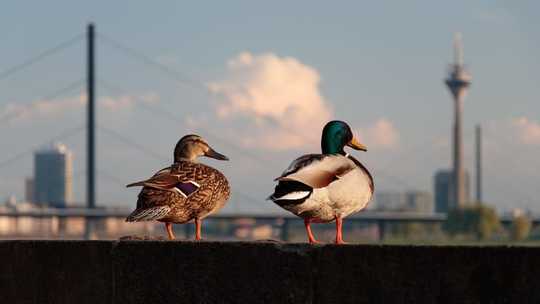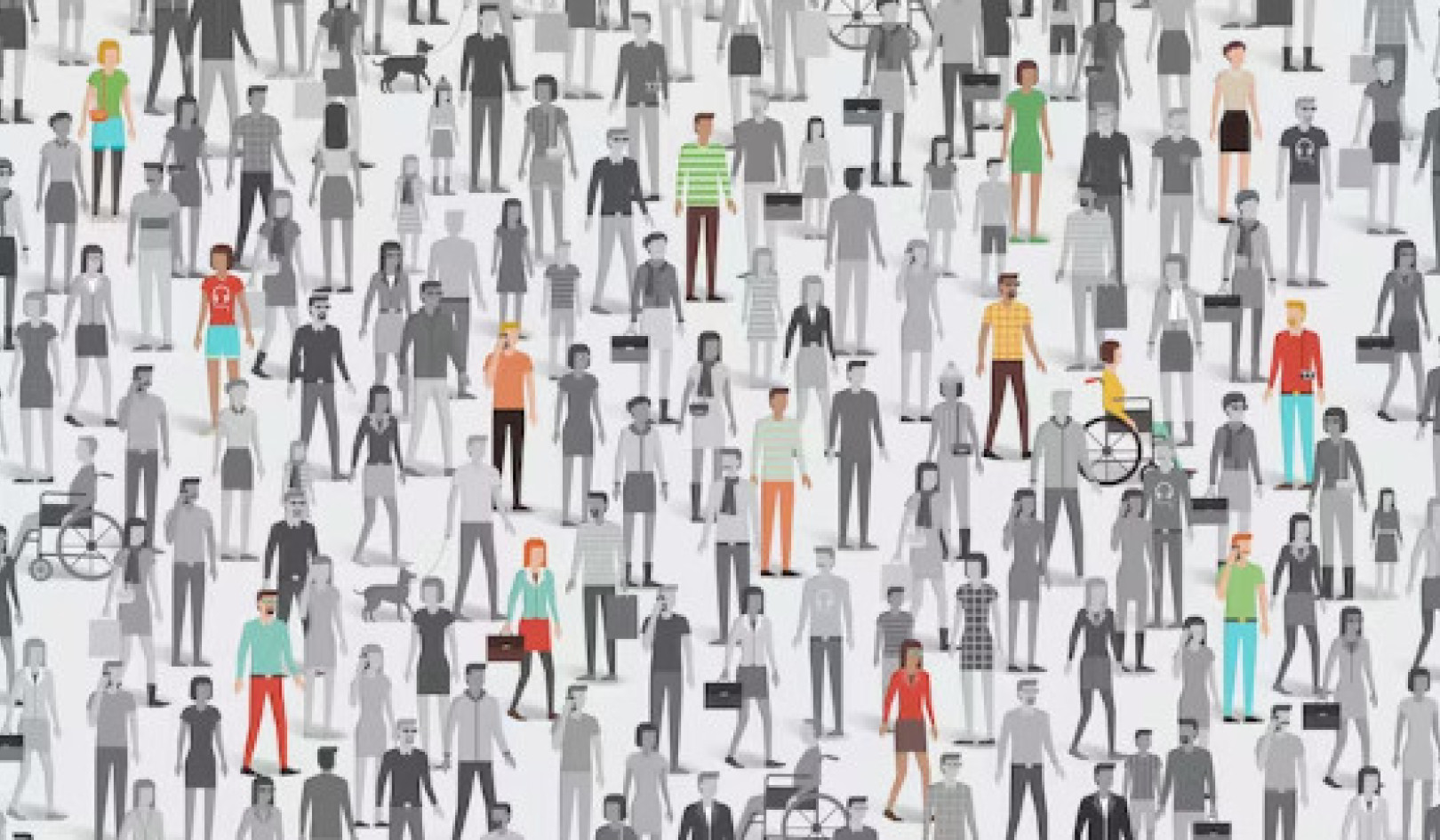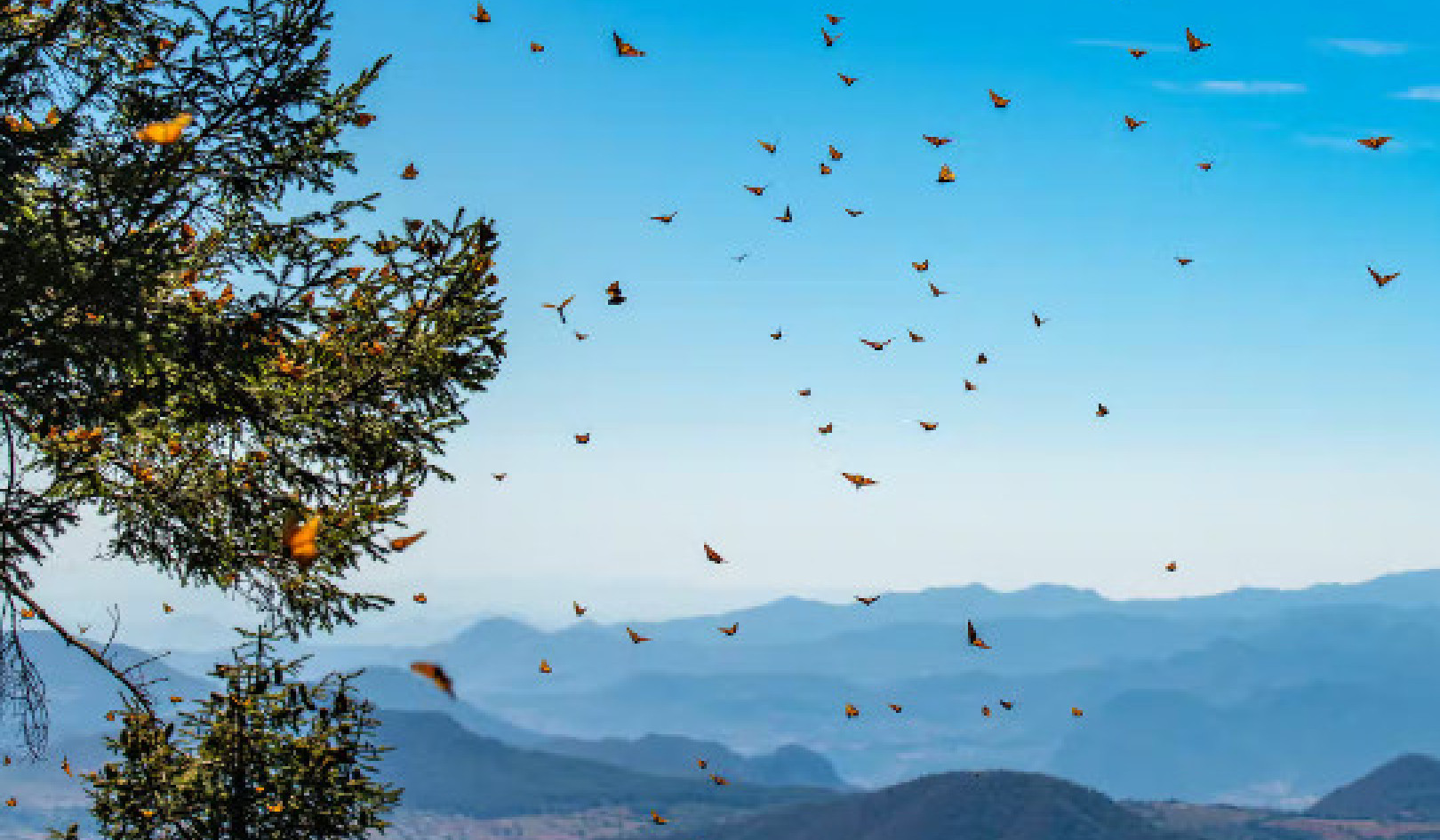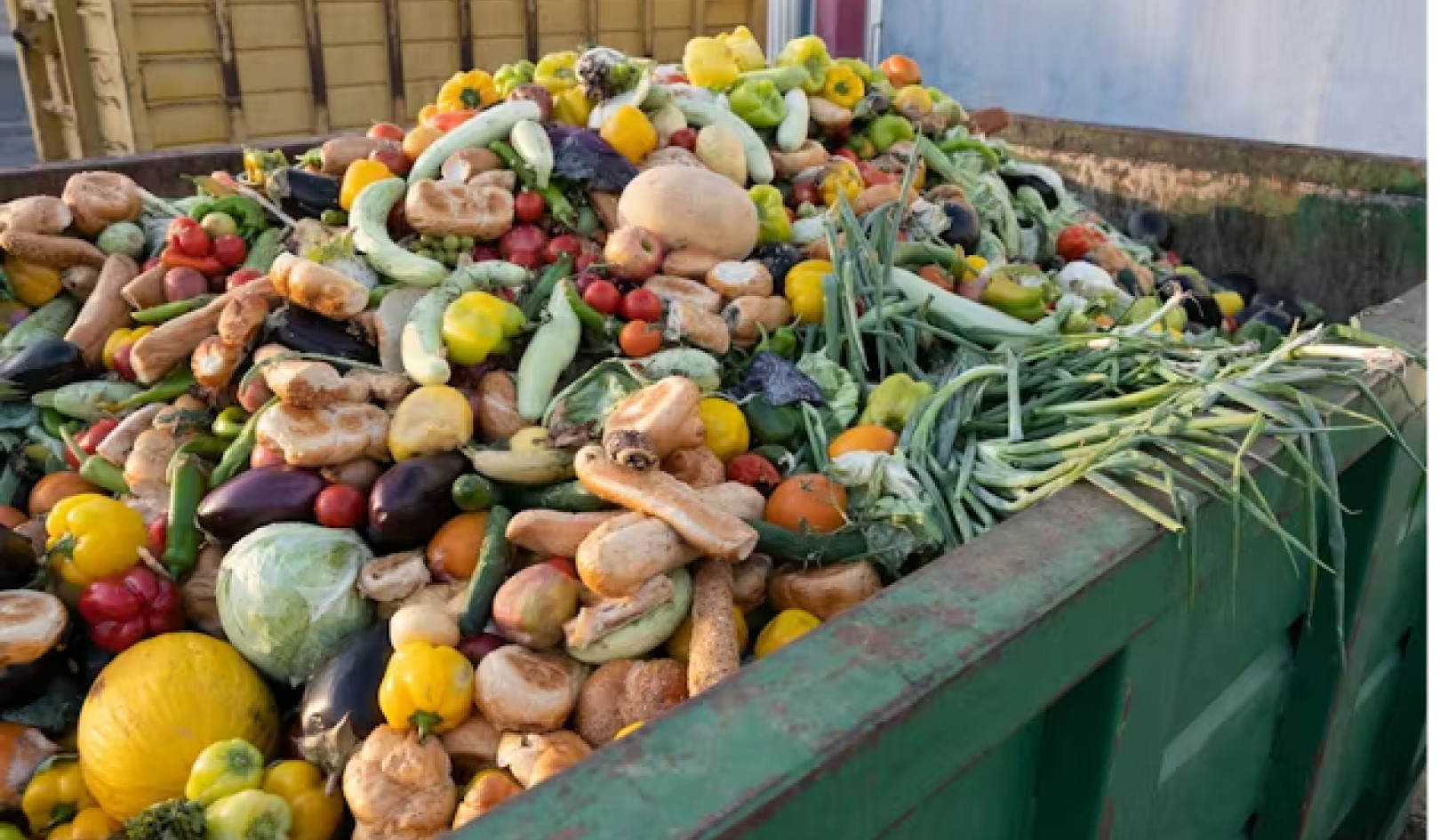 ‘Today, the pond. Tomorrow, the world!’ Patrick Robert Doyle/Unsplash, CC BY-SA
‘Today, the pond. Tomorrow, the world!’ Patrick Robert Doyle/Unsplash, CC BY-SA
As quarantine measures take hold across the world, our towns and cities are falling silent. With most people indoors, the usual din of human voices and traffic is being replaced by an eerie, empty calm. The wildlife we share our concrete jungles with are noticing, and responding.
You’ve probably seen posts on social media about animals being more visible in urban centres. Animals that live in cities or on their outskirts are exploring the empty streets, like the Kashmiri goats in Llandudno, Wales. Others that would normally only venture out at night are becoming bolder and exploring during the daytime, like the wild boar in Barcelona, Spain.
Our new habits are altering the urban environment in ways that are likely to be both positive and negative for nature. So which species are likely to prosper and which are likely to struggle?
Hooray for hedgehogs
It’s important to note some species may be unaffected by the lockdown. As it coincides with spring in the northern hemisphere, trees will still bud and flower and frogs will continue to fill garden ponds with frog spawn. But other species will be noticing our absence.
The way we affect wildlife is complex, and some of the changes that we’ll see are hard to predict, but we can make some assumptions. In the UK, hedgehogs are our most popular mammal, but their numbers are in rapid decline. There are many reasons for this, but many die on roads after being hit by cars. With people being asked to only make essential journeys, we are already seeing reduced road traffic. Our spiny friends will have just emerged from hibernation and will no doubt be grateful for the change.
 The lockdown could be well timed for hedgehogs emerging from hibernation. Besarab Serhii/Shutterstock
The lockdown could be well timed for hedgehogs emerging from hibernation. Besarab Serhii/Shutterstock
Cities are also noisy places, and the noise affects how different species communicate with each other. Birds have to sing louder and at a higher pitch than their rural counterparts, which affects the perceived quality of their songs. With reduced traffic noise, we could see differences in how bats, birds and other animals communicate, perhaps offering better mating opportunities.
School closures may not be ideal for working parents, but many will use their time to connect with nature in their own backyard. More time spent in gardens (for those lucky enough to have one), perhaps doing activities like making bird feeders, could help encourage nature close to home. There’s been a surge in people taking part in citizen science projects like the Big Butterfly Count too. These help scientists to predict the population trends of different species. The British Trust for Ornithology has just made participation in their Garden BirdWatch Project free during the lockdown, so you can connect with wildlife and contribute to important scientific research.
Desolation for ducks
All is not rosy for wildlife. Many species currently rely on food provided by humans. From primates fed by tourists in Thailand, to the ducks and geese at local parks which have been closed to the public, many animals may be seeking new sources of food.
In the UK, the bird breeding season has already begun for earlier breeders like robins. Depending on how long restrictions last, many birds could ultimately make bad decisions about where to breed, assuming their carefully chosen spot is always rarely disturbed. This could threaten rarer birds which breed in the UK, such as little terns, as dog walkers and other people flock to beaches once restrictions are lifted, potentially trampling and disturbing breeding pairs and their young.
 A little tern sheltering eggs on an open beach. BOONCHUAY PROMJIAM/Shutterstock
A little tern sheltering eggs on an open beach. BOONCHUAY PROMJIAM/Shutterstock
Dog walkers also enjoy lowland heathlands, especially those near urban areas such as Chobham Common in Surrey. These rare heaths are home to many rare bird species, like Dartford warblers, which could also see their nests disturbed once humans begin to emerge again in larger numbers. People who are enthralled by wildlife venturing into new areas during lockdown will need to carefully manage their return to the outdoors once restrictions are lifted.
Though some species may face challenges in now silent towns and cities, those species that live alongside us do so because they are so adaptable. They will find new sources of food, and will exploit new opportunities created in our absence. Hopefully this time will allow people to appreciate their local environments more, and find new ways to nurture them once all this is over.![]()
About The Author
Becky Thomas, Senior Teaching Fellow in Ecology, Royal Holloway
This article is republished from The Conversation under a Creative Commons license. Read the original article.
Books on The Environment from Amazon's Best Sellers list
"Silent Spring"
by Rachel Carson
This classic book is a landmark in the history of environmentalism, drawing attention to the harmful effects of pesticides and their impact on the natural world. Carson's work helped to inspire the modern environmental movement and remains relevant today, as we continue to grapple with the challenges of environmental health.
Click for more info or to order
"The Uninhabitable Earth: Life After Warming"
by David Wallace-Wells
In this book, David Wallace-Wells offers a stark warning about the devastating effects of climate change and the urgent need to address this global crisis. The book draws on scientific research and real-world examples to provide a sobering look at the future we face if we fail to take action.
Click for more info or to order
"The Hidden Life of Trees: What They Feel, How They Communicate?Discoveries from A Secret World"
by Peter Wohlleben
In this book, Peter Wohlleben explores the fascinating world of trees and their role in the ecosystem. The book draws on scientific research and Wohlleben's own experiences as a forester to offer insights into the complex ways that trees interact with one another and the natural world.
Click for more info or to order
"Our House Is on Fire: Scenes of a Family and a Planet in Crisis"
by Greta Thunberg, Svante Thunberg, and Malena Ernman
In this book, climate activist Greta Thunberg and her family offer a personal account of their journey to raise awareness about the urgent need to address climate change. The book provides a powerful and moving account of the challenges we face and the need for action.
Click for more info or to order
"The Sixth Extinction: An Unnatural History"
by Elizabeth Kolbert
In this book, Elizabeth Kolbert explores the ongoing mass extinction of species caused by human activity, drawing on scientific research and real-world examples to provide a sobering look at the impact of human activity on the natural world. The book offers a compelling call to action to protect the diversity of life on Earth.


























